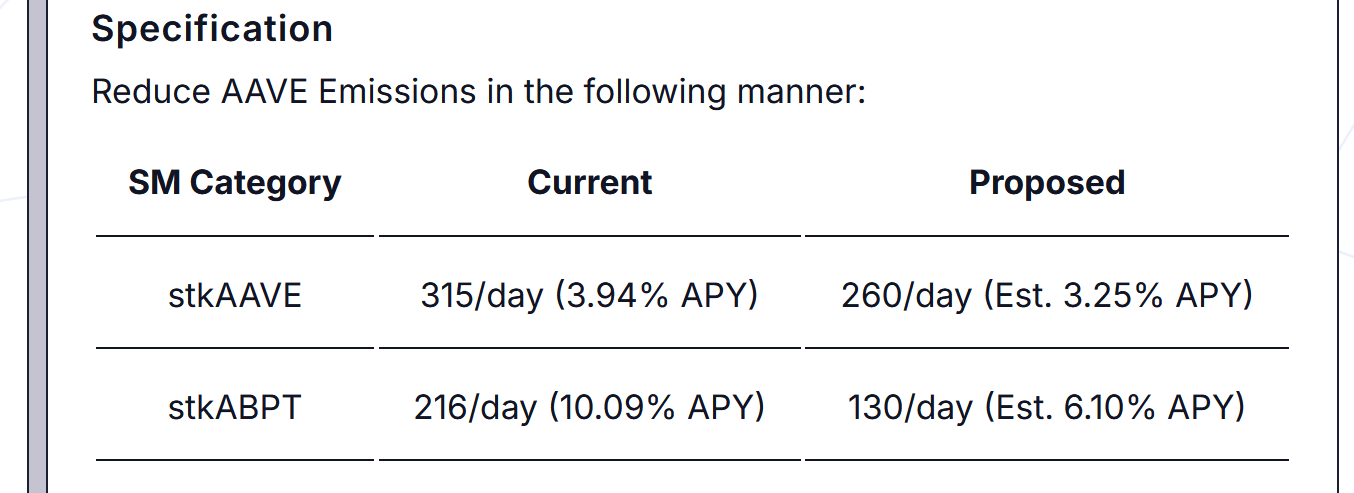- 0xResearch
- Posts
- 🔥 Stake. Burn. Align.
🔥 Stake. Burn. Align.
Linea bets on ETH

Linea unveils staking yield for bridged ETH, protocol-level ETH burns and the largest ecosystem fund in L2 history. Can it avoid the pitfalls of Blast and outgrow Katana’s curated DeFi approach?
— Macauley

Ethena’s rise:

Source: Kairos Research
There’s not quite another company in crypto firing on all cylinders like Ethena is.
Following months of plateauing below $6b, USDe’s circulating supply recently burst to all-time highs of $7.5b. This crucially fulfills four out of five governance conditions for Ethena to begin revenue-sharing with staked ENA holders; the only outstanding condition being a major CEX listing for USDe.
ENA has rallied 131% over the last month. This repricing is also largely coming off the backs of an announced $360 million PIPE deal and SPAC merger. $260 million is planned for an aggressive six-week ENA buyback on the open market — about 8% of ENA’s float, at $5m per day.
This move serves to soak up and lock floating supply, in what Ethena co-founder Guy Young touts as a remedy to Ethena’s VC supply overhangs stemming from previous “countless mistakes with fund raising.”
Finally, Ethena also announced last week a partnership with Anchorage Digital to bring its centralized USDtb stablecoin (market cap $1.5b) onshore into full compliance in the US under the recently passed Genius Act.
Crypto has no shortage of short-term hype cycles. The best protocols buck the trends and build sustainable ecosystems for the long haul.
Join Blockworks Research, MegaETH, Flipside Crypto and Avalanche for this upcoming Roundtable. Tune in live to ask the speakers a question!
📅 July 31 | 12 pm ET
Linea doubles down on Ethereum loyalty
Linea, the layer-2 built by Consensys, is making a play to become Ethereum’s most aligned rollup. In an updated roadmap announced Tuesday, the network committed to three headline features: native staking for bridged ETH, a protocol-level ETH burn equal to 20% of net fees, and an 85% token allocation to builders and users. Together, the features aim to make ETH on Linea not just more productive, but the asset scarcer.
If the idea of ETH yield as a layer-2 core feature sounds familiar, it’s because Linea is drawing clear lessons from Blast’s rise and fall. That network drew $2 billion in TVL by routing ETH into stETH and streaming yield back to depositors, only to see liquidity vanish after its June 2024 airdrop. Without any coherent follow-up to its initial marketing blast, Blast’s user base cratered along — with its narrative.
Linea, by contrast, looks to keep ETH native while promising fast withdrawals alongside ETH staking — eventually. While the July press release previews staking yield by October 2025, the canonical bridge’s yield feature was already discussed in a January roadmap post and flagged for rollout first on Status L2, not Linea Mainnet.
While often referred to as a single network, Linea is also a modular rollup stack — much like the Optimism OP Stack or Polygon-developed AggLayer CDK — that can be used to deploy independent zkEVM rollups. Status L2 is one such chain: a separate layer-2 built on the Linea codebase, operated by the Status Network, and focused on gasless transactions and native ETH yield. Though both chains share infrastructure and ETH-centric design goals, they operate independently, with distinct tokens, deployment schedules and governance structures.
Still, there is fresh clarity today: Linea head Declan Fox told us ETH deposited via the canonical bridge “will be staked natively through institutional-grade validators, with a noncustodial vault set-up,” with further technical details to come.
Linea also shares similar concepts with Katana, the rollup incubated by Polygon Labs and GSR that launched last month. Both networks use ETH as their sole gas token and emphasize “productive capital,” but Katana routes fees to curated DeFi apps via VaultBridge. Linea goes further: Every transaction burns ETH on mainnet and LINEA on L2. That creates a visible value loop to Ethereum — at least in theory.
But theory runs into friction while the sequencer is still permissioned. According to the same January roadmap, Linea planned to move from Clique to QBFT consensus in Q2 and begin transitioning to a permissioned validator set in the second half of 2025. Full permissionless DPoS isn't slated until “2027+.” Fox referred us to the roadmap timeline, which means all ETH burn mechanics still rely on operator goodwill for now.
Token utility remains another open thread. LINEA can now be used to pay gas, thanks to an ERC-20 payment feature that launched earlier this year, but it holds no formal governance power and no claim on revenue. Katana sidestepped that issue by stripping its token of any voting rights. Linea will eventually need to clarify whether burn and fee utility are enough to sustain long-term demand for its token.
Then there’s the regulatory question. A token that captures protocol fees and is permanently bought-and-burned resembles a corporate buyback loop — something US regulators have flagged in other contexts. Neither the roadmap nor the new announcement addressed the legal implications of the model.
For now, Linea has bought itself a strong narrative: a chain where ETH gets yield, ETH gets burned and builders get the bulk of the token supply. If the staking bridge launches on time and the ecosystem fund is deployed with transparency, it could be a compelling alternative to L2s that extract more than they give back. But the hard parts — decentralization, custody design, token value — are still in the delivery phase.

Proposal 342:
Aave governance passed Proposal 342 yesterday. 25% of AAVE emissions to stkAAVE and stkABPT (staked Balancer Pool Token) holders will be cut, marking the second reduction since the first one took place in June.

Source: Onaave
stkAAVE capital has historically served as Aave’s first-loss capital that can be auctioned off to cover bad debt. In exchange for taking that risk, stkAAVE holders are compensated with a variable yield. Since this safety module went live in 2020, stkAAVE has never actually been slashed.
This legacy module is slowly being replaced by Aave’s new “Umbrella” back‑stop architecture. In the event of bad debt, instead of slashing stkAAVE, staked aTokens (or GHO) are now the first-response shield slashed for each respective vault. This more capital-efficient and automated design serves to remove AAVE sell pressure into USDC if ever required.
Coupled with Aave’s ongoing six-month $1m/week buyback program that began in April, the twin policies are removing significant potential sell pressure from Aave.
— Donovan Choy

|
|
